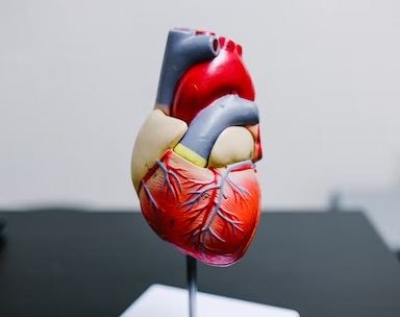A new study in the United States is exploring the most effective method to screen and assess patients at risk of developing coronary heart disease and to determine who would benefit from statin medication to lower cholesterol.
Researchers at Intermountain Health in Salt Lake City have introduced a new approach that relies on the coronary artery calcium (CAC) score to assess risk and guide statin prescriptions. The CAC score is determined through a low-radiation computed tomography (CT) scan, which detects calcium deposits in plaques within the coronary arteries of the heart.
Dr. Jeffrey L. Anderson, the study’s principal investigator and a distinguished clinical and cardiovascular research physician at Intermountain Health, explained that the research aims to improve the selection process for patients who need statins. Instead of relying solely on coronary risk factor equations, the study examines whether direct imaging of plaque burden is a more effective indicator of risk.
The study, which has now enrolled over 5,600 patients, was presented at the American College of Cardiology’s Annual Scientific Sessions meeting in Chicago on Saturday. As part of the research, patients’ risk assessment scores were shared with their physicians through letters, indicating whether a statin was recommended based on high-risk findings.
Initial findings revealed that while the two groups in the study had similar baseline characteristics, the rate of statin prescription recommendations varied significantly. The study is expected to conclude in early 2026, after which researchers will compare outcomes such as deaths, heart attacks, strokes, and revascularizations over a follow-up period of up to seven years, with an average follow-up of over four years.
Understanding the most effective approach to statin prescription is crucial, given that these medications come with costs and potential side effects, including muscle aches and an increased risk of diabetes. The study’s findings could help refine treatment strategies for patients at risk of coronary heart disease.
(IANS)




















